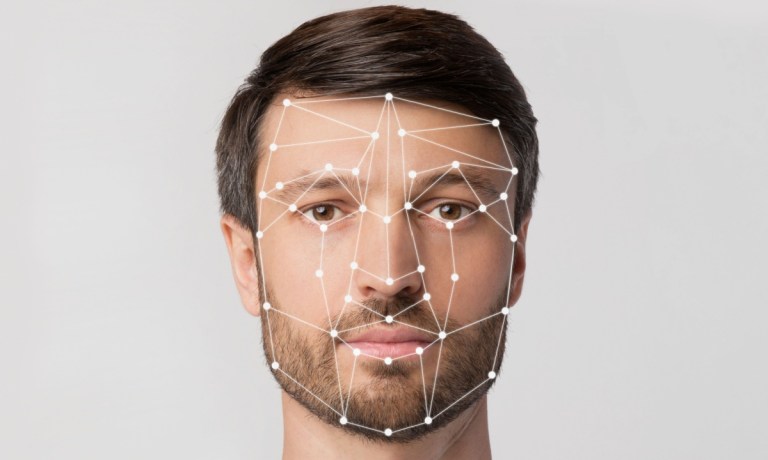
While biometrics offer potential benefits such as enhanced security and streamlined processes, their implementation often comes with complexities and concerns, including privacy, data protection and implementation hurdles.
The recent reinstatement of Quebec’s provincial automobile insurance registry’s facial recognition program, following its suspension last April, reflects these broader trends and challenges surrounding the ongoing and widespread adoption of biometric technology across various sectors.
The decision to revive the facial recognition tool, aimed at de-duplicating and managing its citizen photo bank, comes after the Société d’assurance automobile du Québec (SAAQ) faced significant obstacles in its previous attempt to integrate such technology into its operations.
As detailed in a report by Le Journal de Québec, the initial endeavor was marred by inadequate training and testing, leading to significant public outcry due to extensive online backlogs and prolonged delays at service centers.
However, Gino Desrosiers, responsible for media relations at SAAQ, has expressed optimism about the revamped tool, stating that the new system will “streamline the management of our current photo database for driver’s licenses and health insurance cards, primarily targeting duplicate entries.”
Despite this optimism, data protection advocates remain skeptical and have emphasized the need for stringent supervision to mitigate potential impacts on individual rights.
This includes Diane Poitras, president of the Commission for Access to Information, who in a report by Biometric Update.com, warned that “without adequate supervision, facial recognition is […] likely to have considerable impacts on the privacy and other rights of individuals.”
Liberal MNA Michelle Setlakwe also underscored that the issue extends beyond mere “cleaning up a bank of photos” to encompassing the risks inherent in facial recognition technology, including fraud and identity theft. She cautioned that the deployment of such a digital identification system could afford access to a range of government services, highlighting the potential implications for security and privacy.
“This technology may be used at first to organize the SAAQ photo bank, but we know it is the entry point for a Quebec system of digital identity that could be used on various government platforms,” Setlakwe said in a report by the Montreal Gazette.
The use of biometrics has prompted similar ethical and privacy concerns worldwide, as evidenced by worries among immigrant rights groups about the storage of personal data by U.S. Customs and Border Protection (CBP), and lawmakers’ apprehensions regarding privacy infringements due to the Transportation Security Administration’s (TSA) facial recognition screening at airports.
These concerns are mirrored by global efforts to impose restrictions on biometric technologies, seen in countries such as China and the U.K.
Collectively, these trends highlight the need for a nuanced approach that balances the potential benefits of biometric technology with robust supervision, oversight, and inclusive public discourse to effectively address its inherent challenges effectively, thereby safeguarding individual rights and fostering public trust.